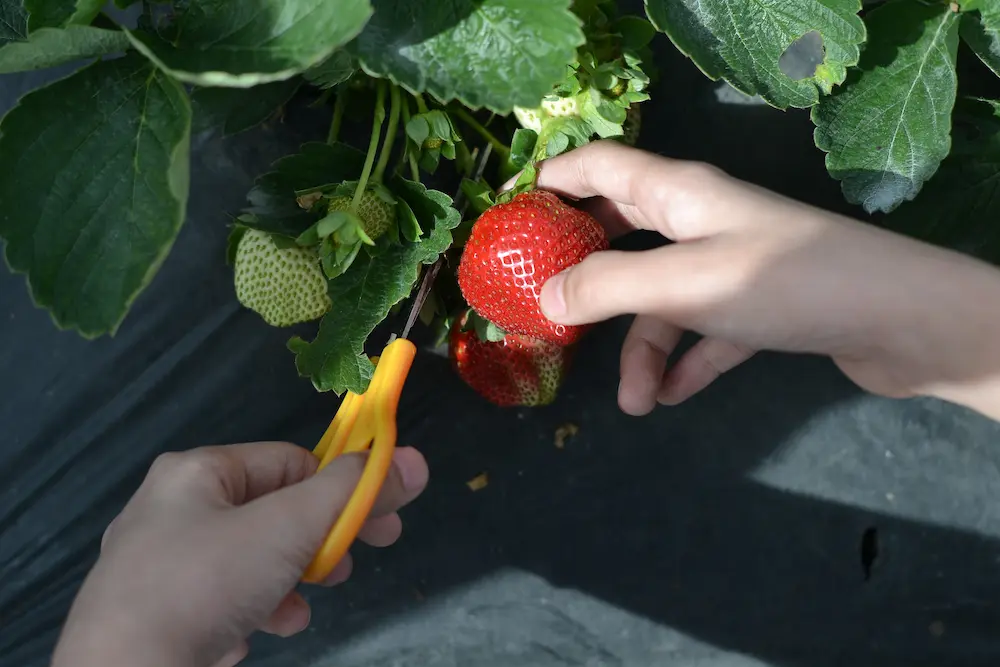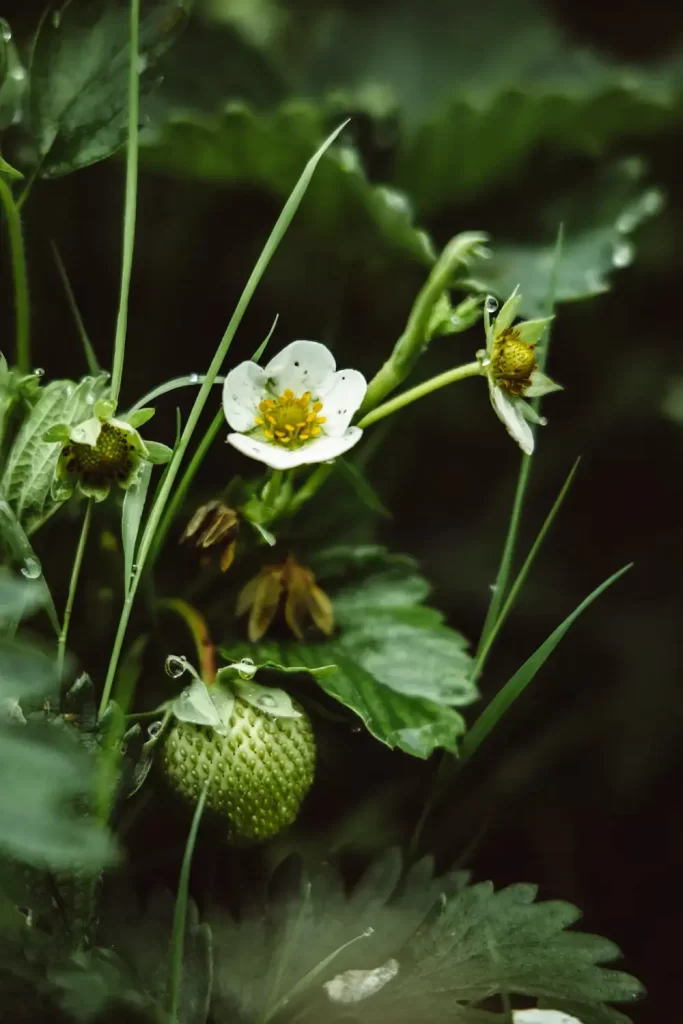Are you thinking about growing your own strawberry plant? Strawberries are one of the most beloved fruits in the world, with their sweet, juicy flavor and bright red color making them a favorite for snacks, desserts, and even drinks.
Growing your own strawberry plants is a fun and rewarding activity that can be done in a variety of settings, from backyard gardens to pots on apartment balconies.
In this guide, we’ll take you through everything you need to know to grow and maintain strawberry plants, from selecting the right variety to harvesting your delicious berries.
How to select the right variety of strawberries
There are many different varieties of strawberries to choose from, each with its own unique characteristics and growing requirements. Some of the most common types include June-bearing, Everbearing, and Day-neutral strawberries.
June-bearing strawberries typically produce one large crop of berries per year, usually in June, hence the name. These plants are generally the best choice for gardeners who want a large harvest of berries at once.
Everbearing strawberries produce two or three smaller crops of berries throughout the growing season, from late spring to early fall. These plants are a good choice for gardeners who want a more extended harvest of berries throughout the year.
Day-neutral strawberries are a newer variety that can produce fruit throughout the growing season, regardless of day length. These plants are a great choice for gardeners who live in regions with milder climates or want to extend their harvest season.
No matter which type of strawberry you choose, make sure to select a variety that is well-suited to your climate and growing conditions. Consult with a local nursery or gardening expert to determine the best variety for your area.
How to plant strawberry plants
Once you have selected the right variety of strawberry for your garden or container, it’s time to plant your plants. Here are the steps to follow:
- Choose a location with full sun and well-drained soil. Strawberries need at least six hours of direct sunlight per day to thrive, so select a spot that receives plenty of sunlight.
- Prepare the soil by adding compost or other organic matter. Strawberries prefer soil that is rich in nutrients and has good drainage.
- Dig holes for your plants, spacing them about 18-24 inches apart. Make sure the holes are deep enough to accommodate the roots of the plant.
- Place the plants in the holes, making sure the roots are fully covered with soil. Water the plants thoroughly after planting.
- Mulch the plants with straw or other organic material to help retain moisture in the soil and prevent weeds from growing.
How to maintain your strawberry plants
Once your strawberry plants are planted, it’s important to maintain them properly to ensure a healthy and abundant harvest. Here are some tips for maintaining your plants:
- Water regularly: Strawberries need consistent moisture to thrive, so make sure to water them regularly, especially during dry spells.
- Fertilize as needed: Strawberries benefit from regular fertilization with a balanced fertilizer, especially in the early stages of growth.
- Control pests and diseases: Strawberries are susceptible to a variety of pests and diseases, including aphids, slugs, and powdery mildew. Take steps to control these problems as soon as they arise to prevent damage to your plants.
- Prune as needed: Remove any dead or diseased foliage from your plants, as well as any runners that may be competing for nutrients.
How to harvest your strawberries
The most exciting part of growing your own strawberry plant is, of course, harvesting your delicious berries! Here are some tips for harvesting your strawberries:
- Wait until the berries are fully ripe before harvesting: Strawberries should be bright red and fully ripe before harvesting. If they are still pink or white, they are not ready yet.
- Harvest the berries carefully: Use your fingers or a pair of scissors to carefully remove the ripe berries from the plant. Be careful not to damage the plant or any nearby unripe berries.
- Harvest frequently: To encourage your plants to produce more berries, it’s important to harvest them frequently, usually every two or three days during peak season.
- Store your berries properly: Strawberries are best eaten fresh, but if you need to store them, place them in a single layer on a tray or plate and refrigerate. Avoid washing the berries until you are ready to eat them, as excess moisture can cause them to spoil.
Commonly asked questions about growing your own strawberry plant



How often should I water my strawberry plant?
Strawberries need consistent moisture to thrive, so make sure to water them regularly, especially during dry spells. Aim to water your plants about once a week, depending on weather conditions.
How much sun do strawberry plants need?
Strawberries need at least six hours of direct sunlight per day to thrive, so select a spot that receives plenty of sunlight.
How do I know when my strawberries are ripe?
Strawberries should be bright red and fully ripe before harvesting. If they are still pink or white, they are not ready yet.
Can I grow strawberries in containers?
Yes, strawberries can be grown in containers, which makes them a great option for gardeners with limited space. Just make sure to select a container that is large enough to accommodate the plant and has good drainage.
How do I prevent pests and diseases from affecting my strawberry plant?
To prevent pests and diseases from affecting your strawberry plants, make sure to keep the area around the plants clean and remove any dead or diseased foliage.
You can also use organic pest control methods, such as companion planting, to help prevent problems from arising.
Want more? Check out this blog to learn how to grow jalapeno peppers.






Leave a Reply